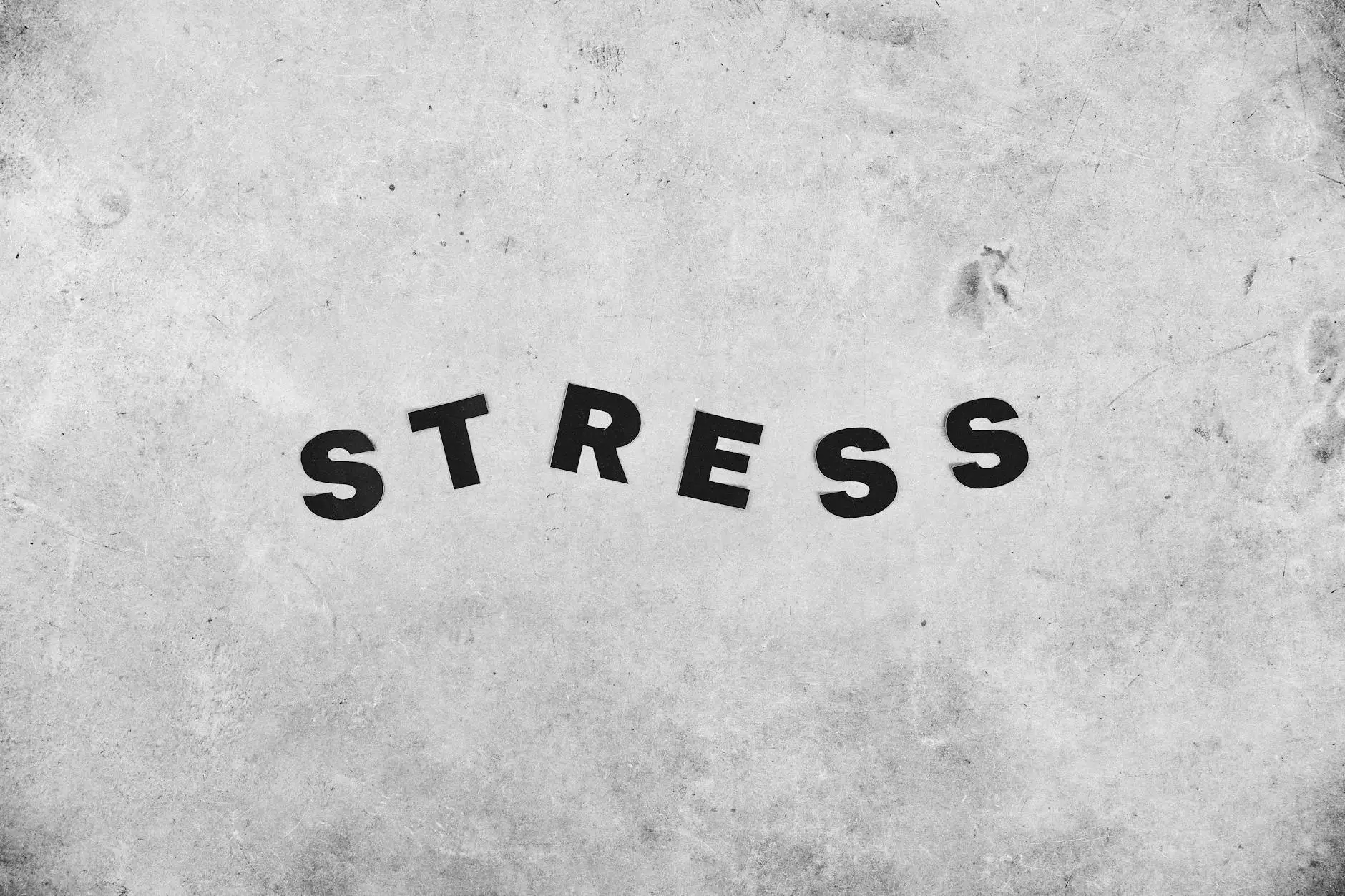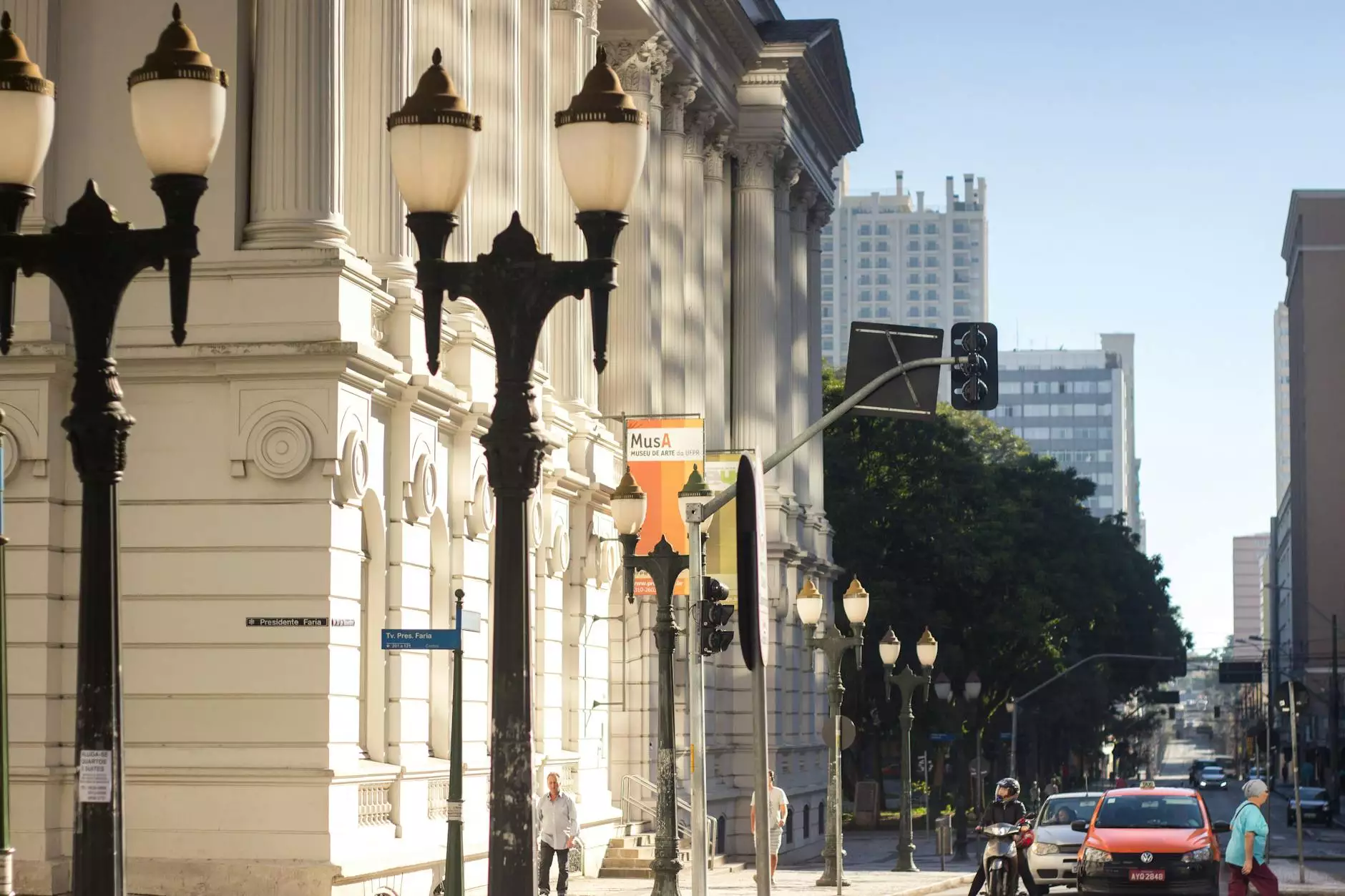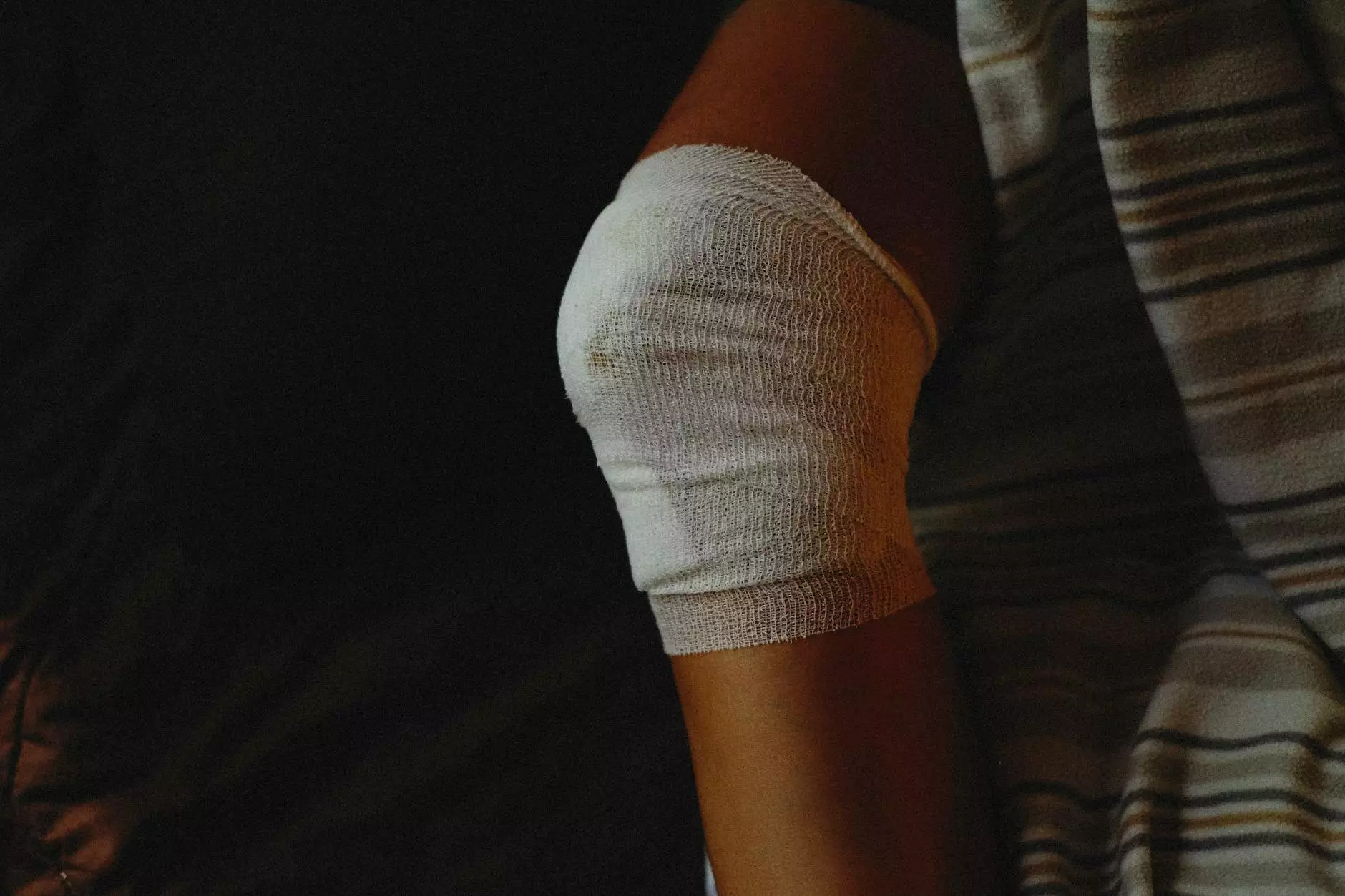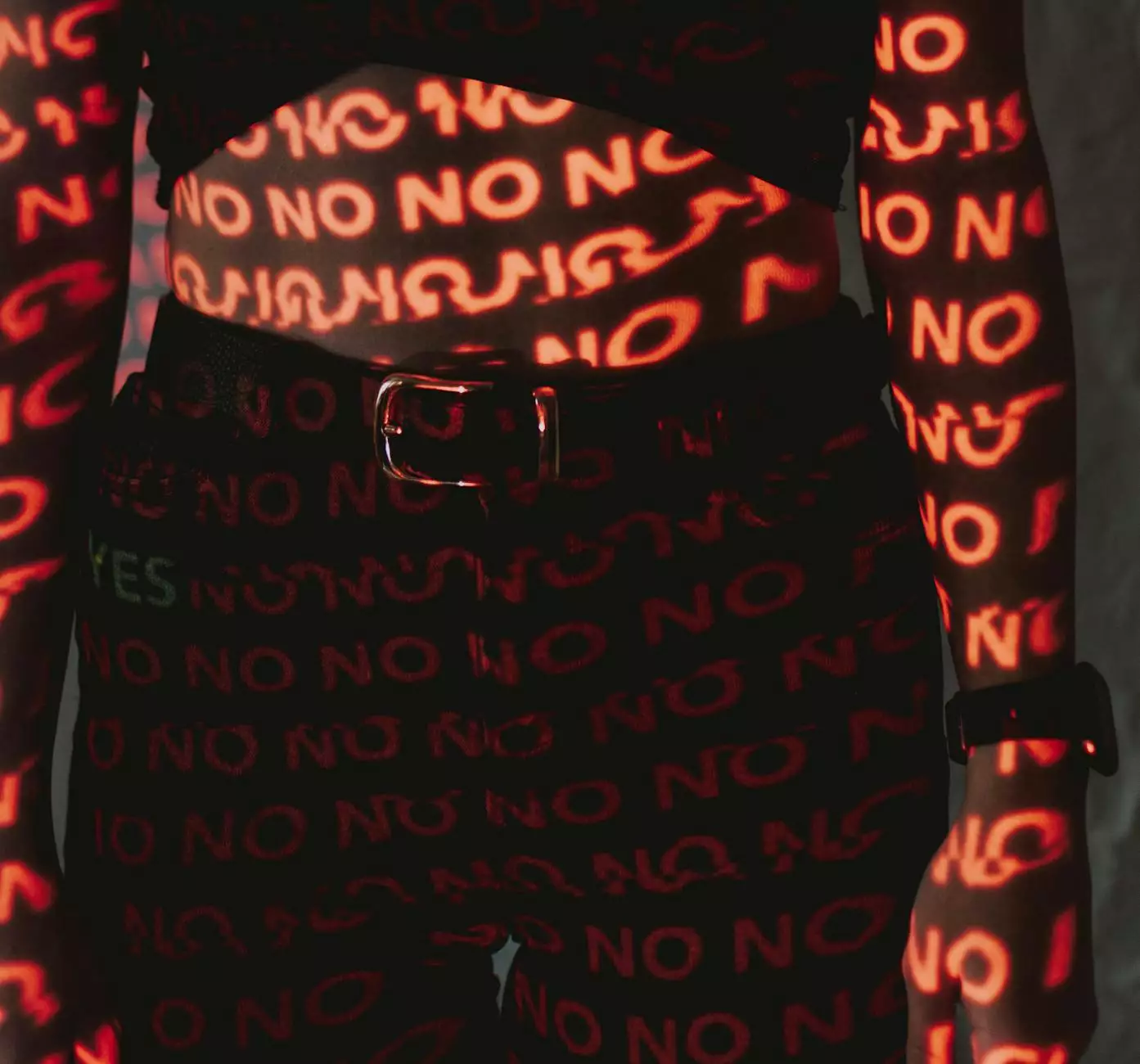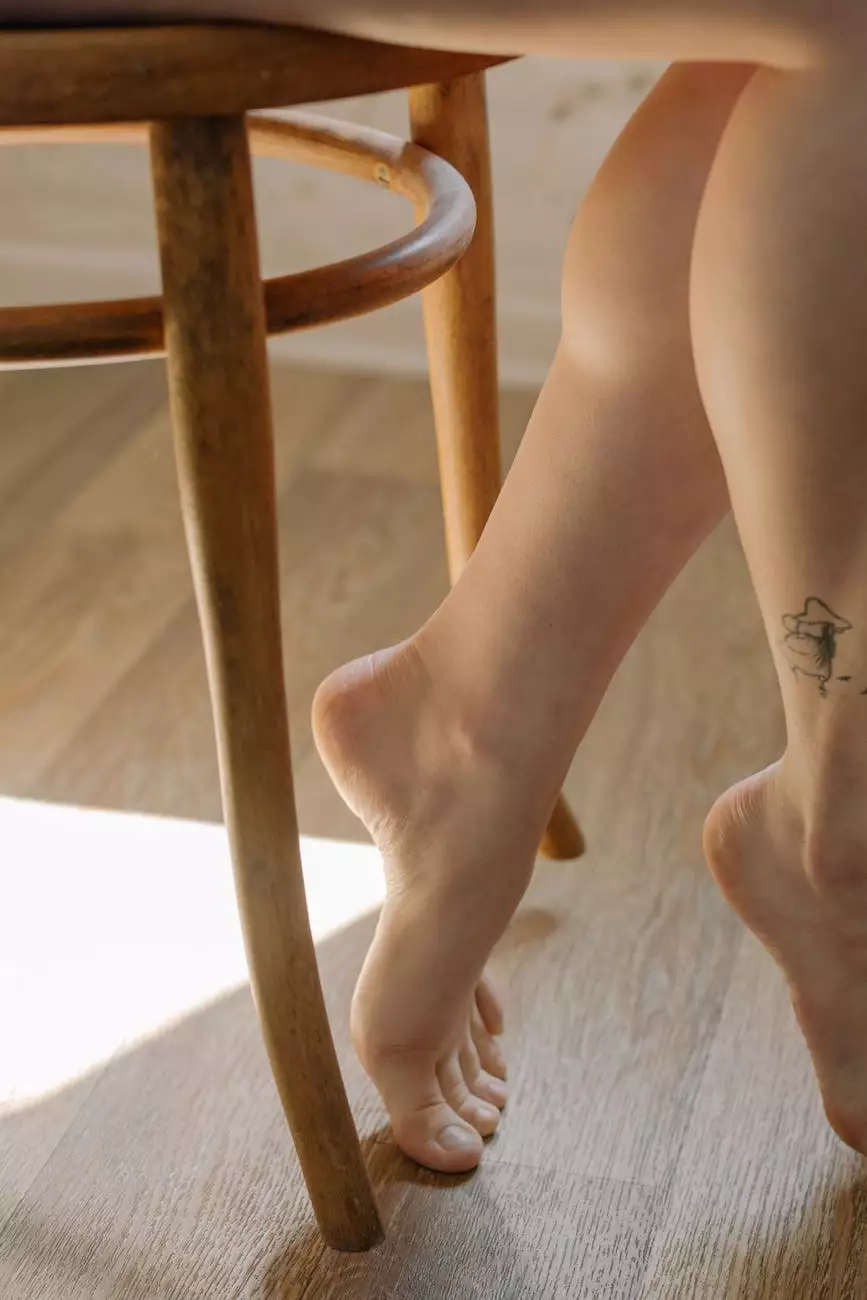Do I Have Lumbar Spondylolisthesis or Spondylolysis?
Blog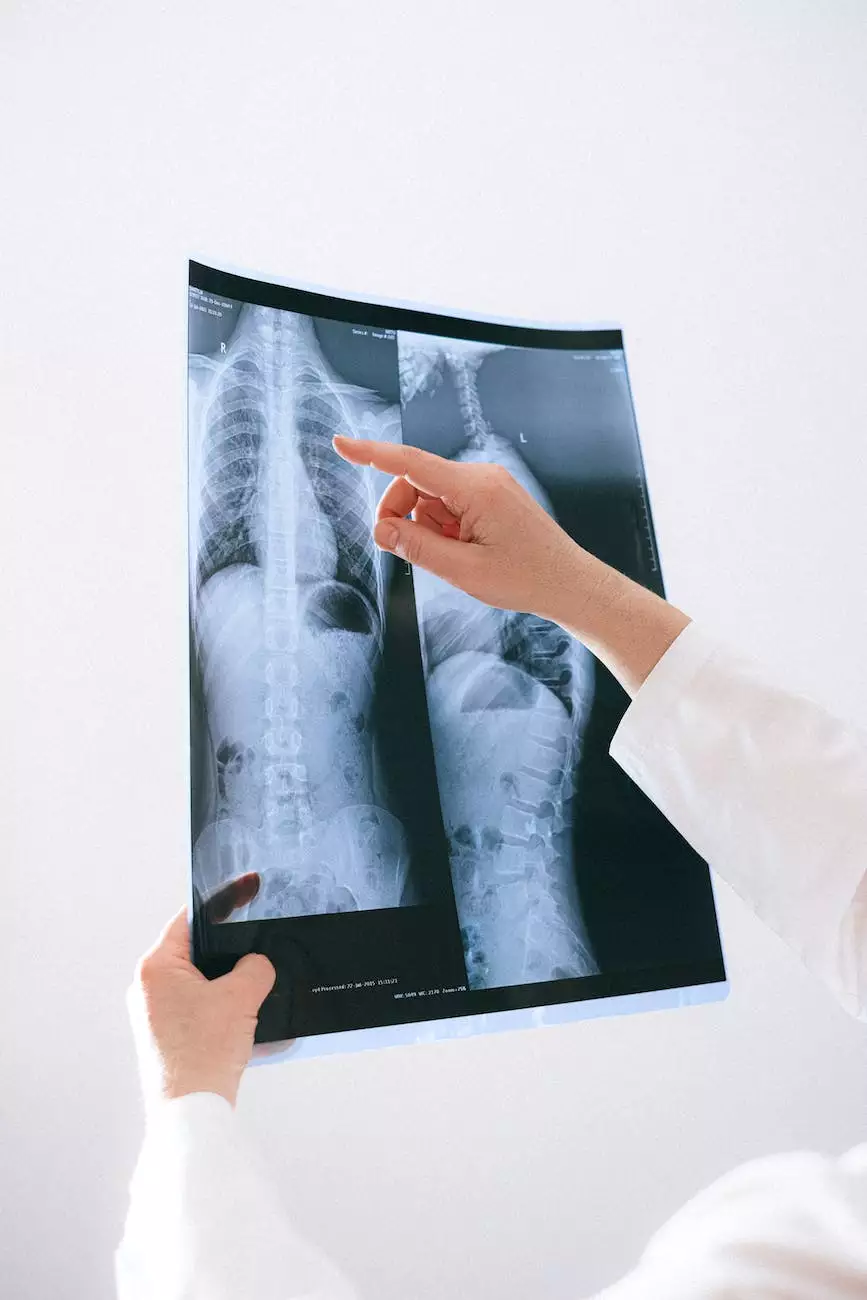
Introduction
Welcome to the Regency Square Care Center's Health - Geriatric and Aging Care blog post on lumbar spondylolisthesis and spondylolysis. In this article, we will provide you with a detailed understanding of these two conditions, their symptoms, causes, and available treatment options.
Understanding Lumbar Spondylolisthesis
Lumbar spondylolisthesis is a condition that occurs when one of the vertebrae in the lower back slips forward onto the bone below it. This movement can cause varying degrees of pain and discomfort, as well as affect the stability of the spine.
Symptoms of Lumbar Spondylolisthesis
Common symptoms of lumbar spondylolisthesis include:
- Lower back pain
- Pain radiating down the legs
- Numbness or tingling sensation in the legs or feet
- Stiffness in the lower back
- Difficulty walking or standing for long periods
Causes of Lumbar Spondylolisthesis
Lumbar spondylolisthesis can occur due to various reasons, including:
- Genetic factors
- Aging and wear and tear of the spine
- Injuries or trauma to the back
- Repetitive stress on the lower back
- Abnormalities in the structure of the spine
Treatment Options
At Regency Square Care Center, we offer a comprehensive range of treatment options for lumbar spondylolisthesis, including:
- Medication for pain management
- Physical therapy and exercise programs
- Spinal braces or supports
- Injections to reduce inflammation
- Surgical intervention in severe cases
Understanding Spondylolysis
Spondylolysis is a condition that refers to a stress fracture in the vertebrae, most commonly affecting the lower back. It is often seen in younger individuals and athletes who frequently engage in activities that involve repetitive strain on the spine.
Symptoms of Spondylolysis
Spondylolysis can cause the following symptoms:
- Lower back pain that worsens with activity
- Tightness or stiffness in the back muscles
- Pain that extends to the buttocks or legs
- Difficulty maintaining proper posture
Causes of Spondylolysis
The exact cause of spondylolysis is not always known, but it is believed to be caused by a combination of factors, including:
- Genetic predisposition
- Repetitive hyperextension of the spine
- Increased stress on the lower back
- Activities that involve twisting or bending of the spine
Treatment Options
At Regency Square Care Center, our team of experts utilizes various treatment options to address spondylolysis, customized to suit each patient's needs:
- Rest and activity modification
- Physical therapy to strengthen the surrounding muscles
- Back braces for additional support
- Anti-inflammatory medication
- Surgical intervention in rare cases
Contact Regency Square Care Center for Expert Care
If you suspect you may have lumbar spondylolisthesis or spondylolysis or are experiencing any symptoms mentioned in this article, contact Regency Square Care Center today. Our team of experienced professionals specializes in providing top-notch care and personalized treatment plans tailored to your specific needs.
Remember, early diagnosis and timely treatment can significantly improve your quality of life. Don't let back pain hold you back. Contact Regency Square Care Center today!

